Eclipse Party 2024!
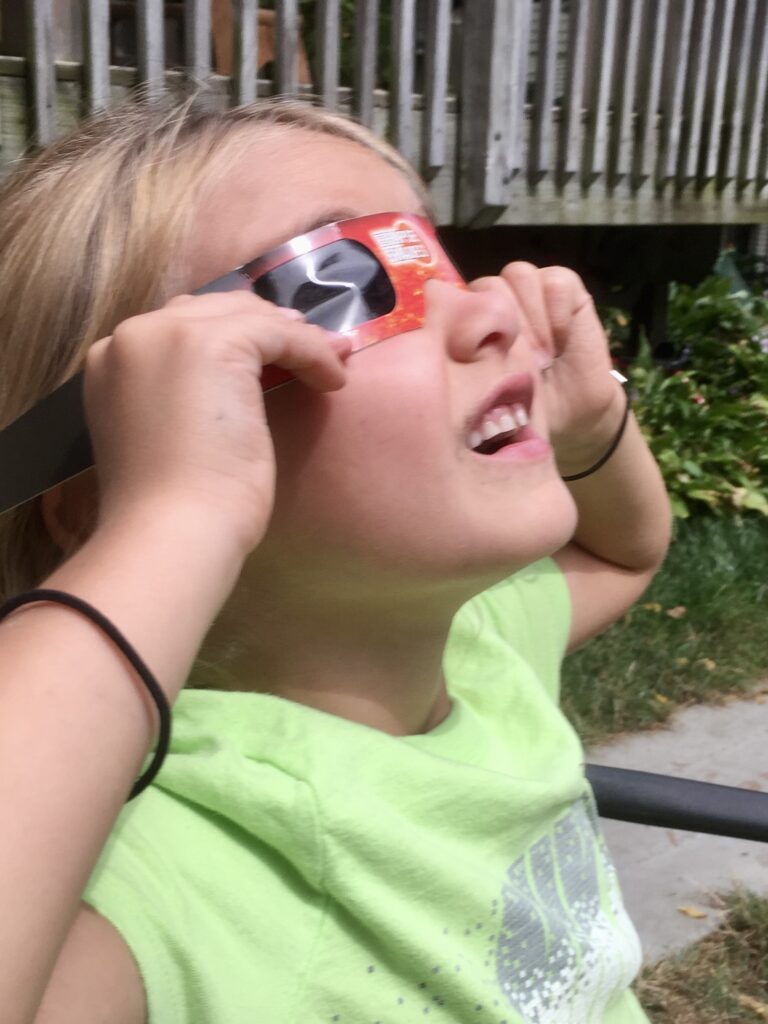
“The birds are chirping so loud—I think they’re scared,” said Vera as she looked up at the sky with a pair of certified safe eclipse glasses pressed against her eyes. She was absolutely right! The singing birds—along with the chirping crickets and the barking dogs in the neighborhood—were louder and more intense than usual as the Moon slowly moved between the Sun and the Earth. They must have sensed that something out of the ordinary was about to take place!
This scene was from our previous eclipse party on August 21, 2017, when we witnessed the last total eclipse of the Sun in our early childhood center’s outdoor area.
Now—nearly seven years later—children, families and teachers across the nation are bursting with excitement as they anticipate the next total solar eclipse on April 8, 2024.
This extraordinary event will cast its shadow across a narrow, 115-mile arc that stretches from the Pacific Ocean west of Mexico through 15 U.S. states to the Atlantic Ocean off the coast of Canada. People living in or traveling to areas in this “path of totality” will have a rare opportunity to witness daytime turning into night.
You may not live in the path of the total eclipse—or have the time or resources to travel to the best vantage point to see this natural wonder.
But here’s the good news: Observers in all of the lower 48 states will still be able to enjoy the spectacle of a partial eclipse.
If you’re an early childhood educator, you can seize the opportunity to turn the solar eclipse into a fun and educational early math adventure. You can spend the afternoon indoors with the shades drawn, reading books about eclipses while munching on Oreo cookies. Or you can distribute some eclipse safety glasses and take your gang outside to witness the 2024 eclipse in person. To find out more about the 2024 solar eclipse, check out greatamericaneclipse.com.
It pays to plan ahead for this special day! Many local libraries distribute free eclipse safety glasses to community members, and you can also buy them online. Make sure you have enough on hand if you plan to take your eclipse party outside.
In 2017, we attached our safety glasses to paper plates to make them a bit safer and easier for little hands to handle—and then turned this task into an art project by giving the children an opportunity to decorate their “eclipse plates.”
Check out the photo below for an example:
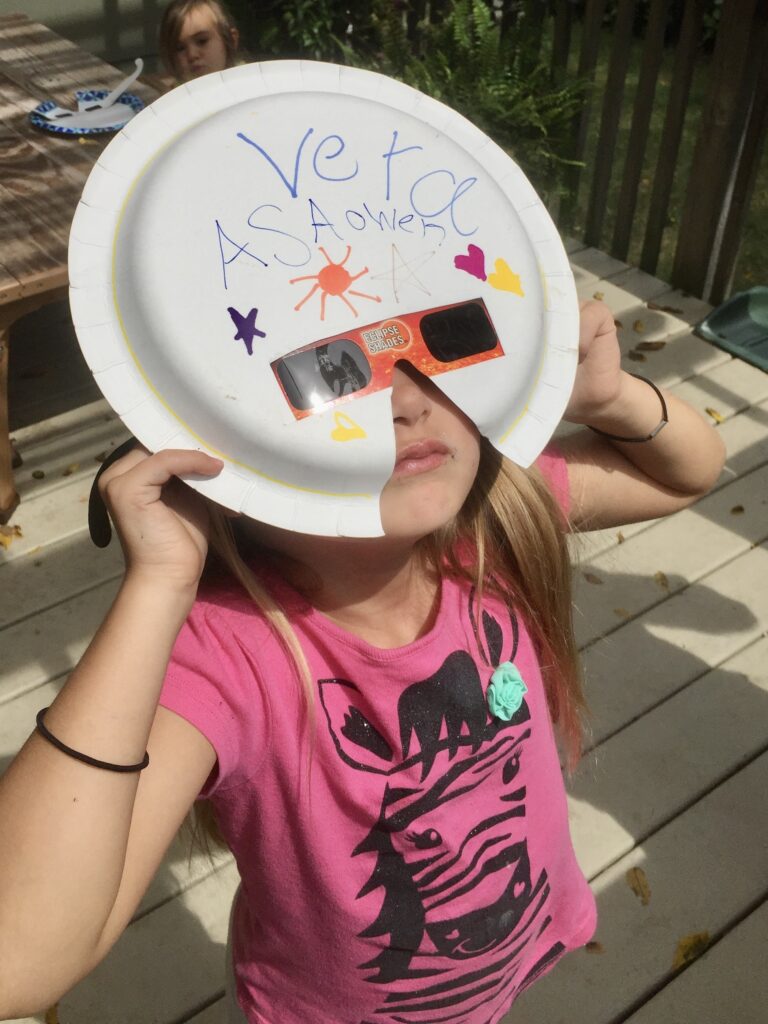
Some of the parents in our program loaned their welding masks to the children for the 2017 eclipse. The welding masks were a big hit, and they were easy for the children to hold over their faces.
According to NASA, it’s safe to view a solar eclipse as long as observers are using a #12 welding filter or higher. But many eclipse viewers find the solar image to be uncomfortably bright when viewed through a #12 filter. For that reason, #13 and #14 filters are becoming more popular (although some viewers find the solar image to be a bit too dim when viewing it through a #14 or darker welding filter).

Our 2017 eclipse party was memorable in so many ways. I don’t think the children will ever forget that surreal moment when the Moon passed in front of the Sun.
I still remember Vera’s awed response as the day darkened and an eerie silence settled over our outdoor area.
“Listen,” she whispered to her fellow eclipse watchers. “The birds aren’t chirping anymore. It’s so quiet. I bet the animals think it’s nighttime. And it feels colder!”
When I think about this comment today, it reminds me that information flows naturally through the senses to a child’s developing brain.
Young children learn through their senses. When you’re a child—or an adult, for that matter—there’s nothing quite like the moment when a sunny day goes dark and the birds, animals and insects suddenly go silent.
During our 2017 solar eclipse party, we used Oreo cookies to simulate the different phases of the eclipse. Then we consumed the cookies as a delicious solar-eclipse snack. Yum!
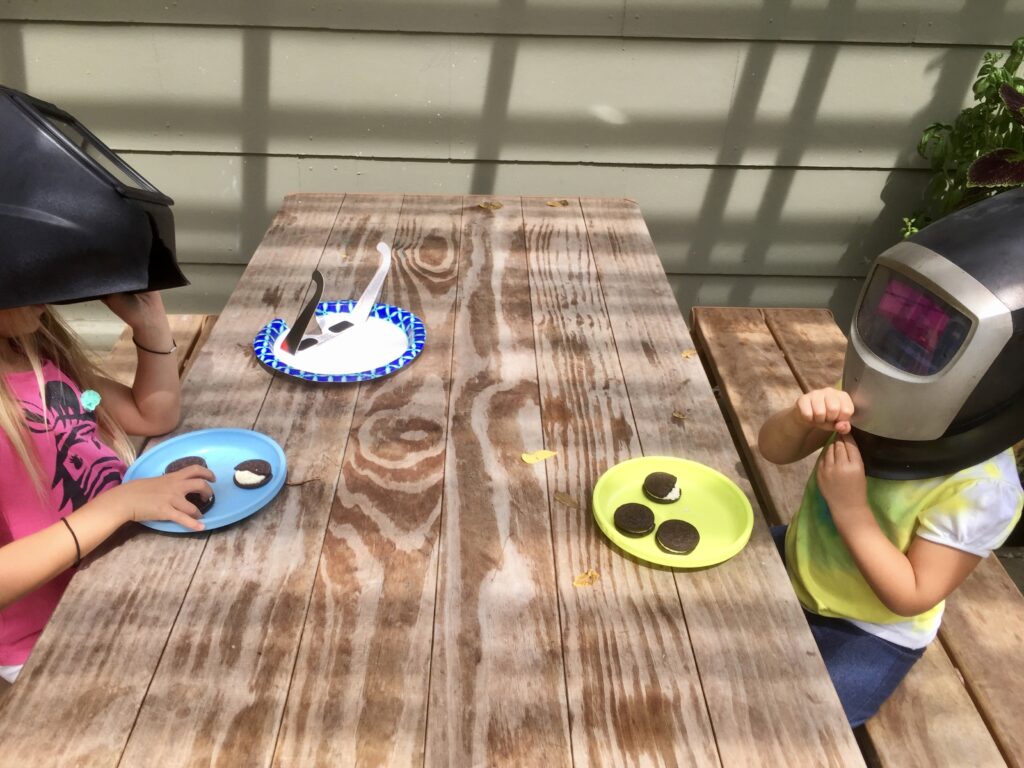
Teaching children about a solar eclipse can be a fun and educational experience that introduces children to a variety of early math concepts. Here are a few ideas:
- Introduce the concept of measurement to the children by discussing the relative sizes of the Sun, Moon and Earth. Say: “The Sun is bigger than the Moon” or “Earth is bigger than the Moon but smaller than the Sun.”
- Introduce the concept of distance by explaining that the Moon is closer to the Earth than the Sun.
- Ask the children to make predictions about what they think will happen during the solar eclipse. After the eclipse, ask the children to describe what they saw. Was is what they predicted? If not, how was it different?
- Use books and models to teach the children about the positions of the Sun, Moon and Earth during a solar eclipse.
- Demonstrate how the moon moves between the Sun and Earth during an eclipse, using balls of different sizes.
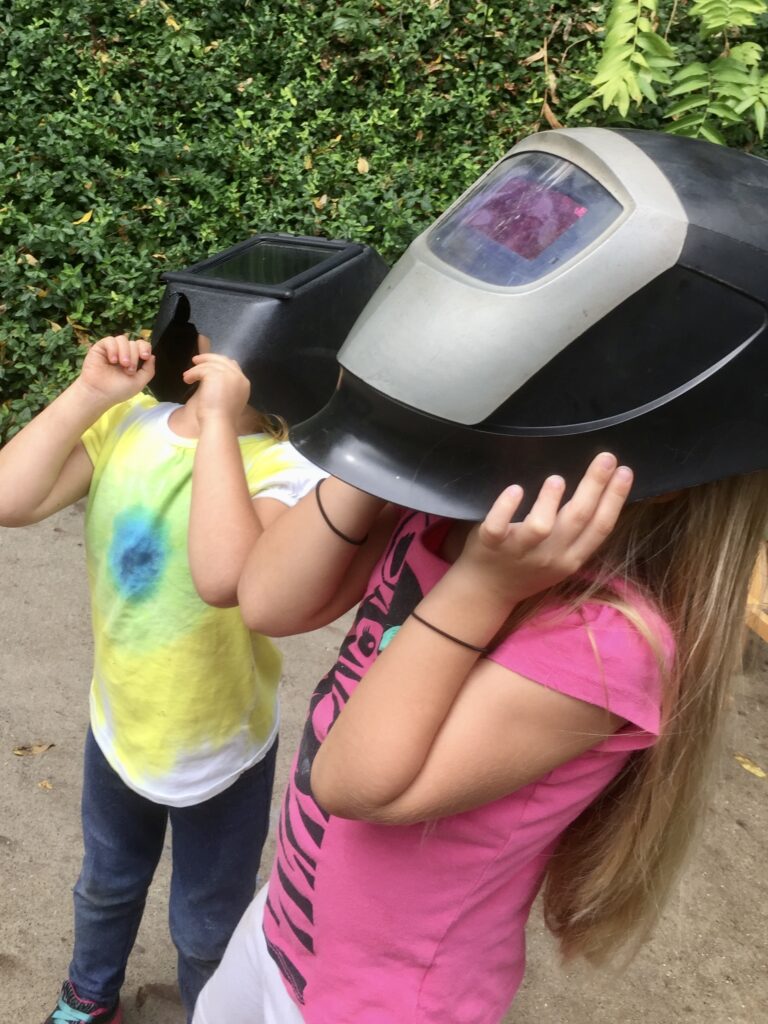
Eclipse-party book share suggestions:
- A Few Beautiful Minutes: Experiencing a Solar Eclipse by Kate Allen Fox
- Eclipse by Andy Rash
- Total Solar Eclipse: A Stellar Friendship Story by Jayme Sandberg
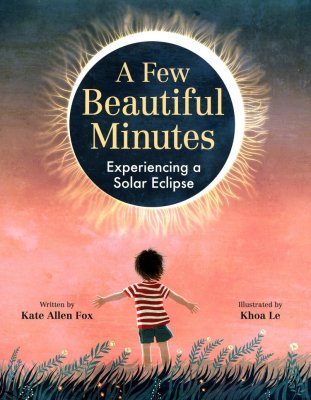
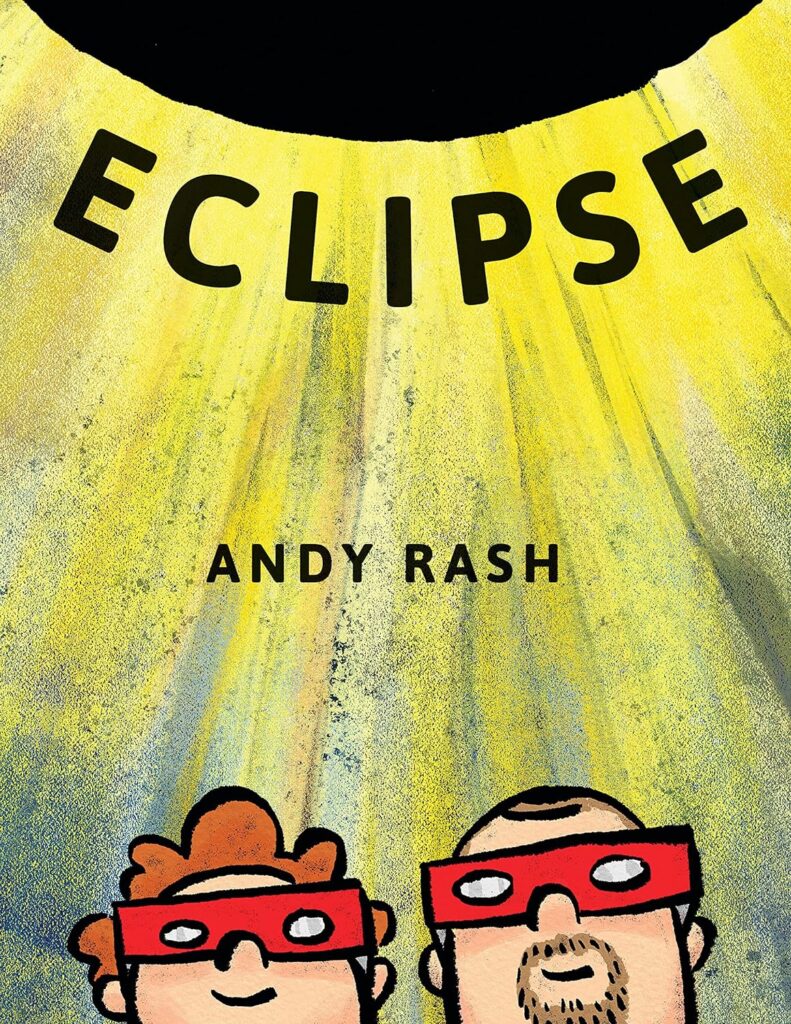

Before you dive into the science behind this sky show, however, keep in mind that people in certain cultures consider the eclipse to be a bad omen. In these cultures, an eclipse is not an exciting event to be studied, but something to be avoided. People in these cultures stay indoors and abstain from food and drink until the eclipse is over.
In our multicultural society, it makes sense to be proactive. Discuss your eclipse lesson and activities with your program administrators and check in with the families in your early childhood community. Be aware of any cultural considerations that you may need to take into account.
Consider inviting parents to your eclipse viewing party. A solar eclipse is one of the most beautiful sights to see in the sky. No photograph can capture the beauty and stillness of a total eclipse.
This celestial event will truly awaken a sense of wonder in every budding STEM explorer!
I loved the eclipse party idea and how the children could hear the animal’s response to it! The picture was a great idea showing the children wearing their facial armor while eating snacks.
I loved how you used Oreos to show how solar eclipse happens. That is an excellent way for the children to observe and learn how it happens in a delicious way.
I like how this lesson incorporates subtraction.
I learned how to incorporate different materials for children to watch the solar eclipse.